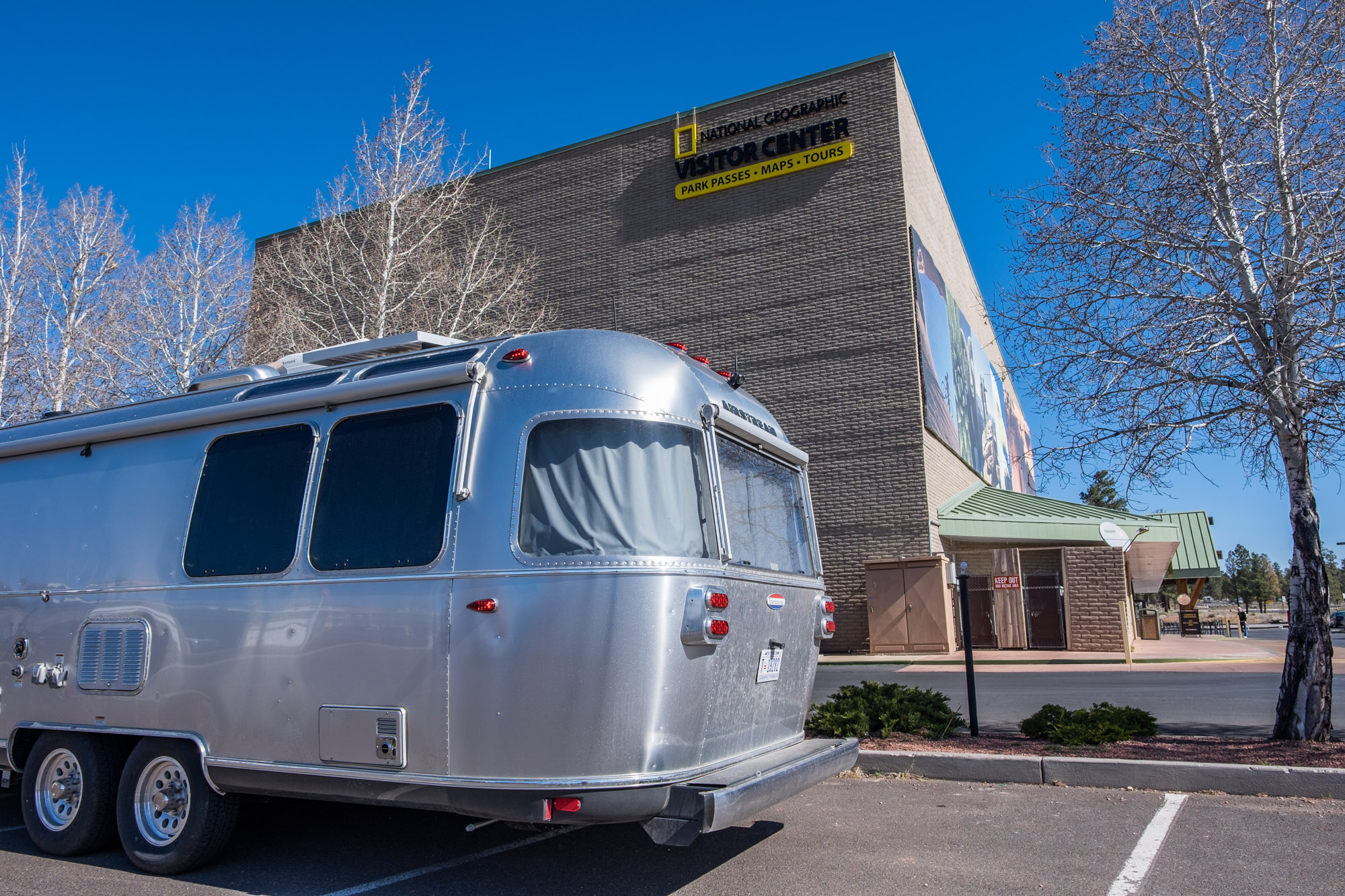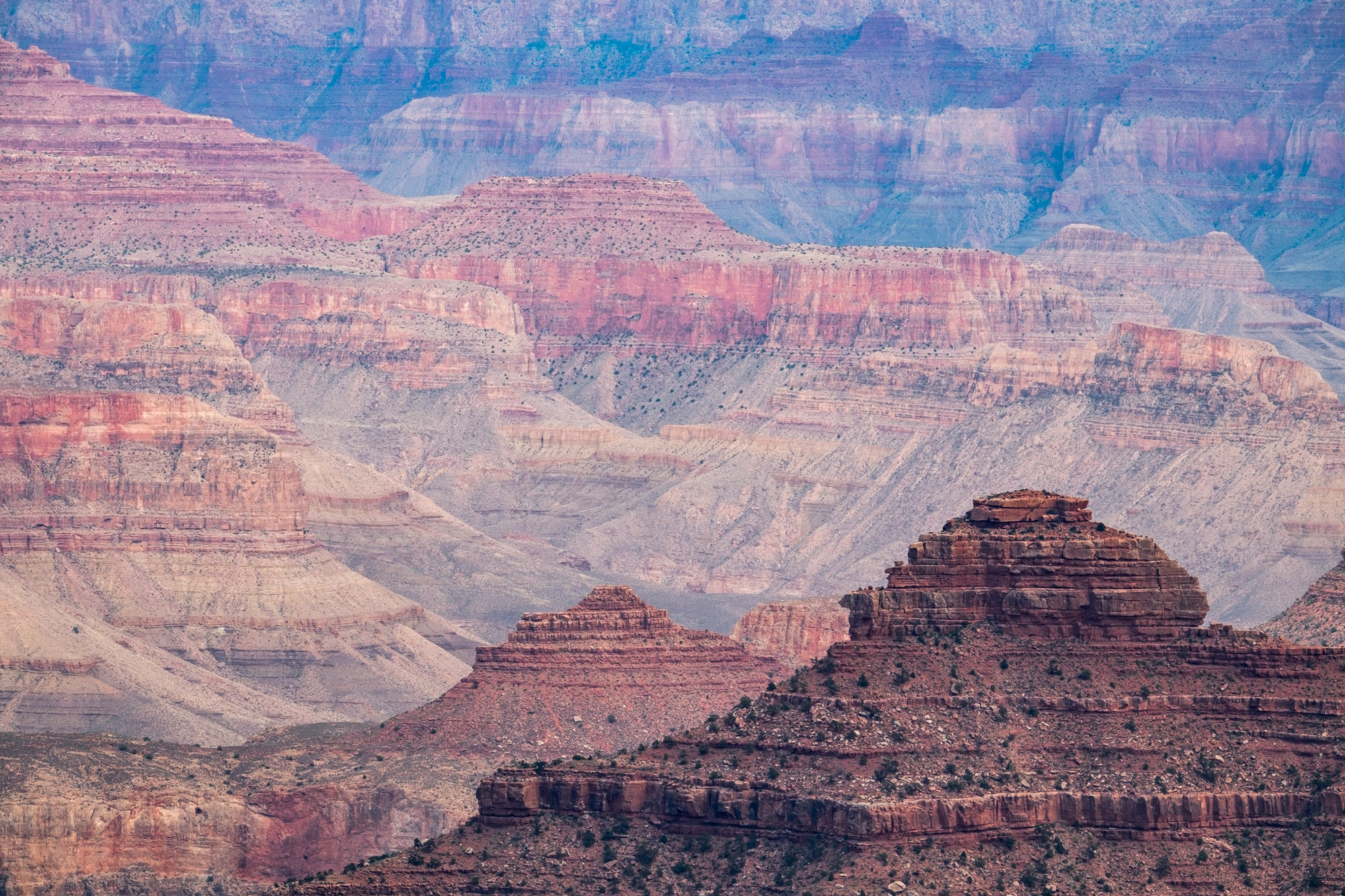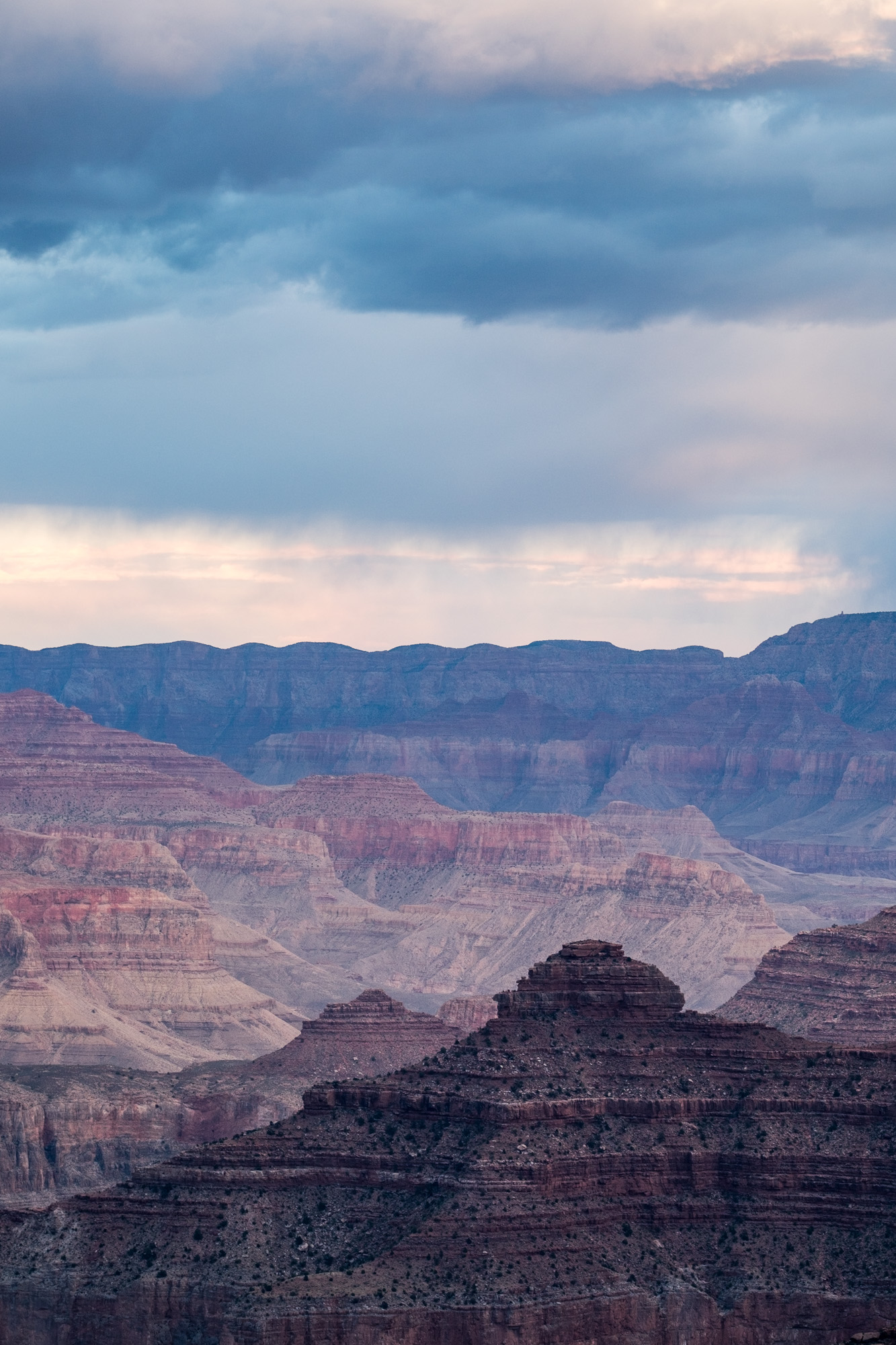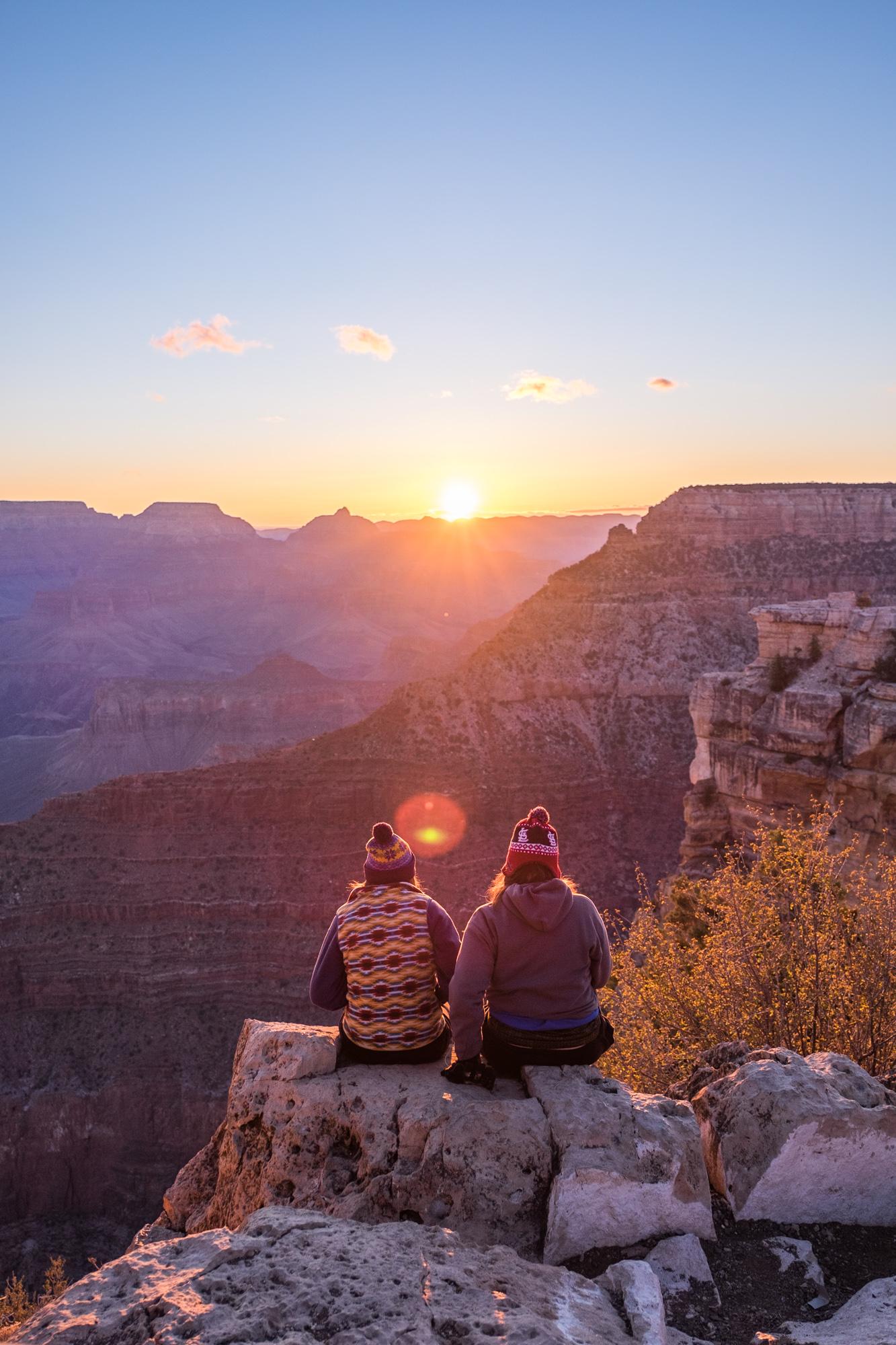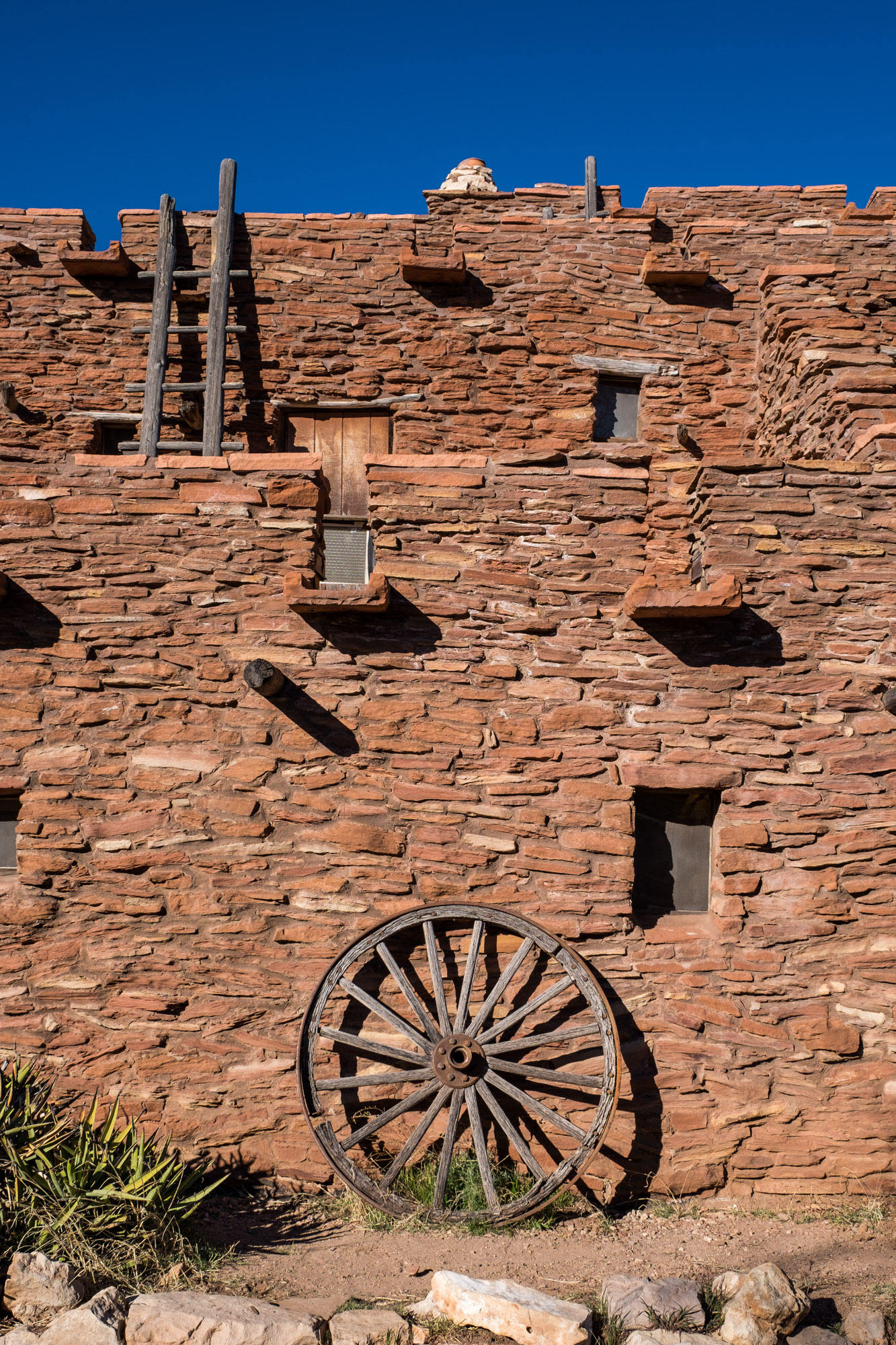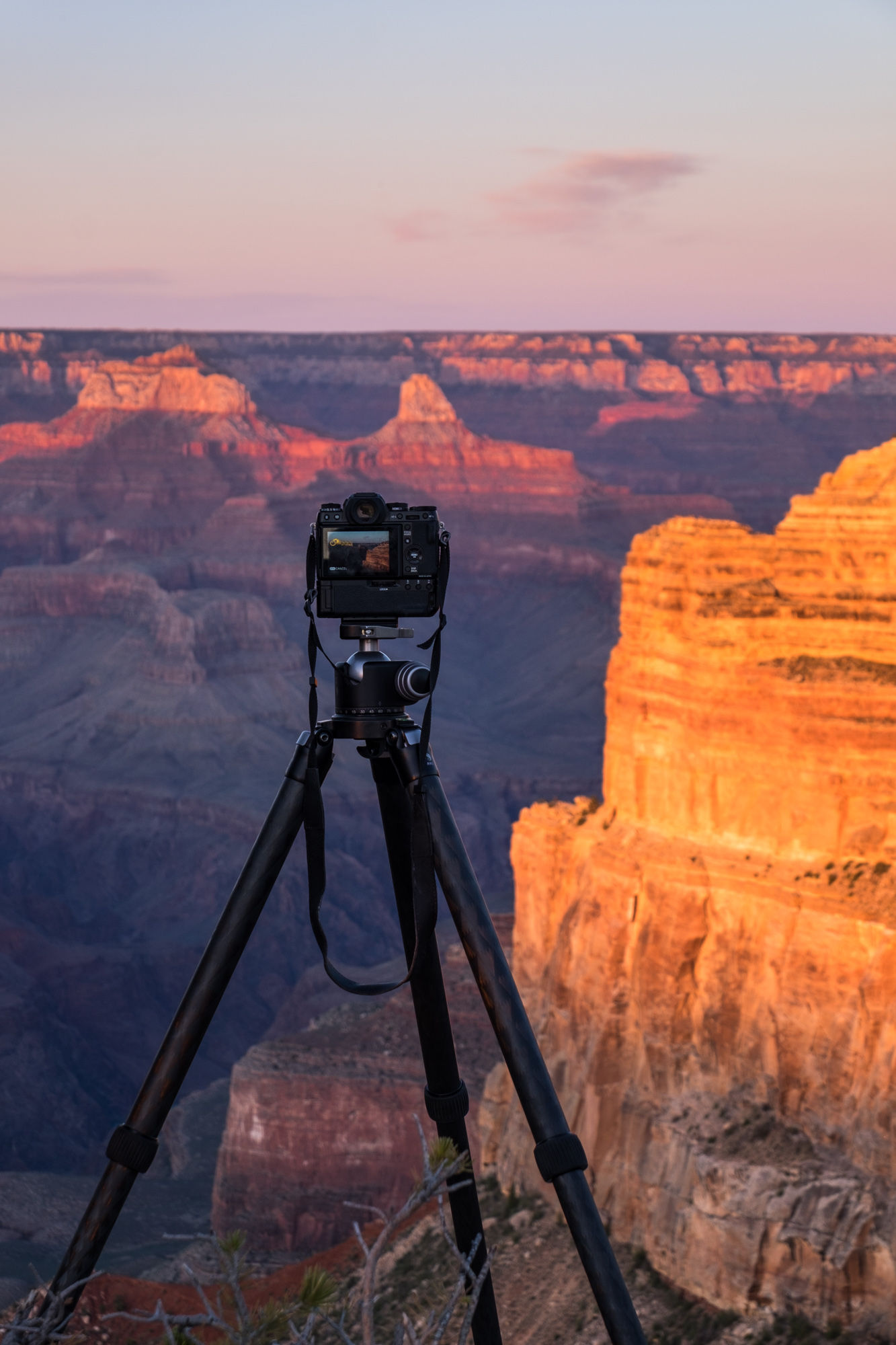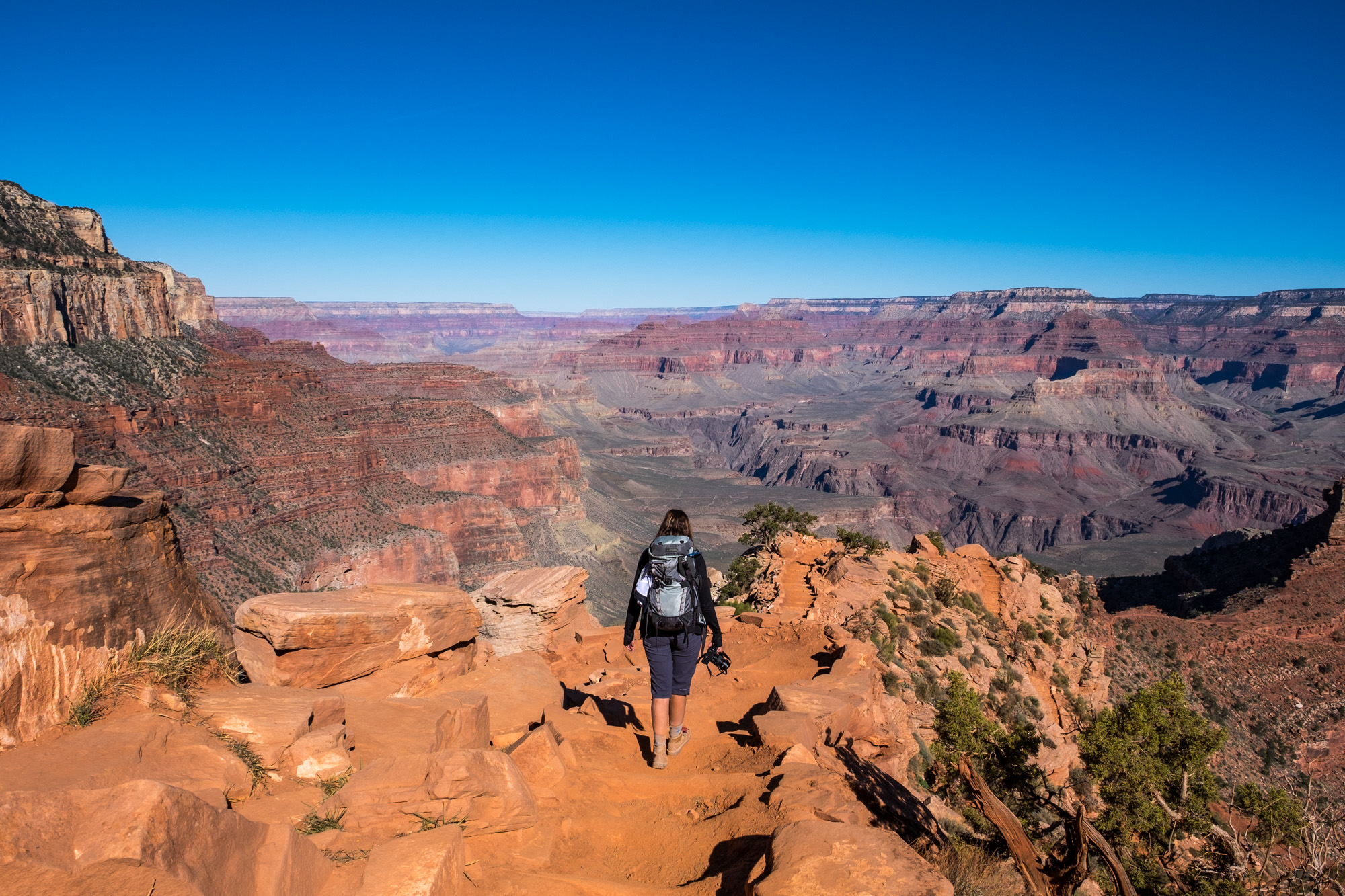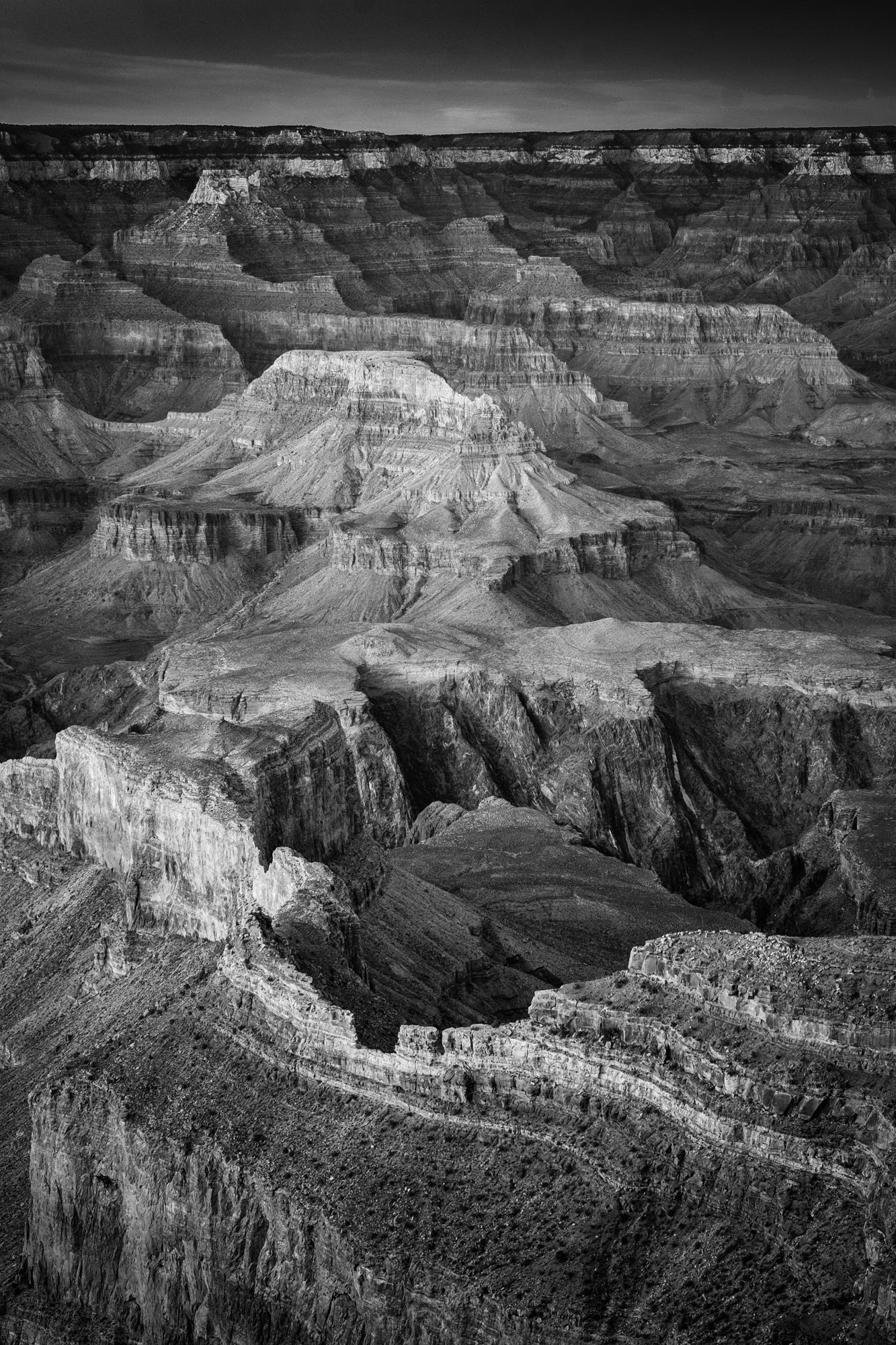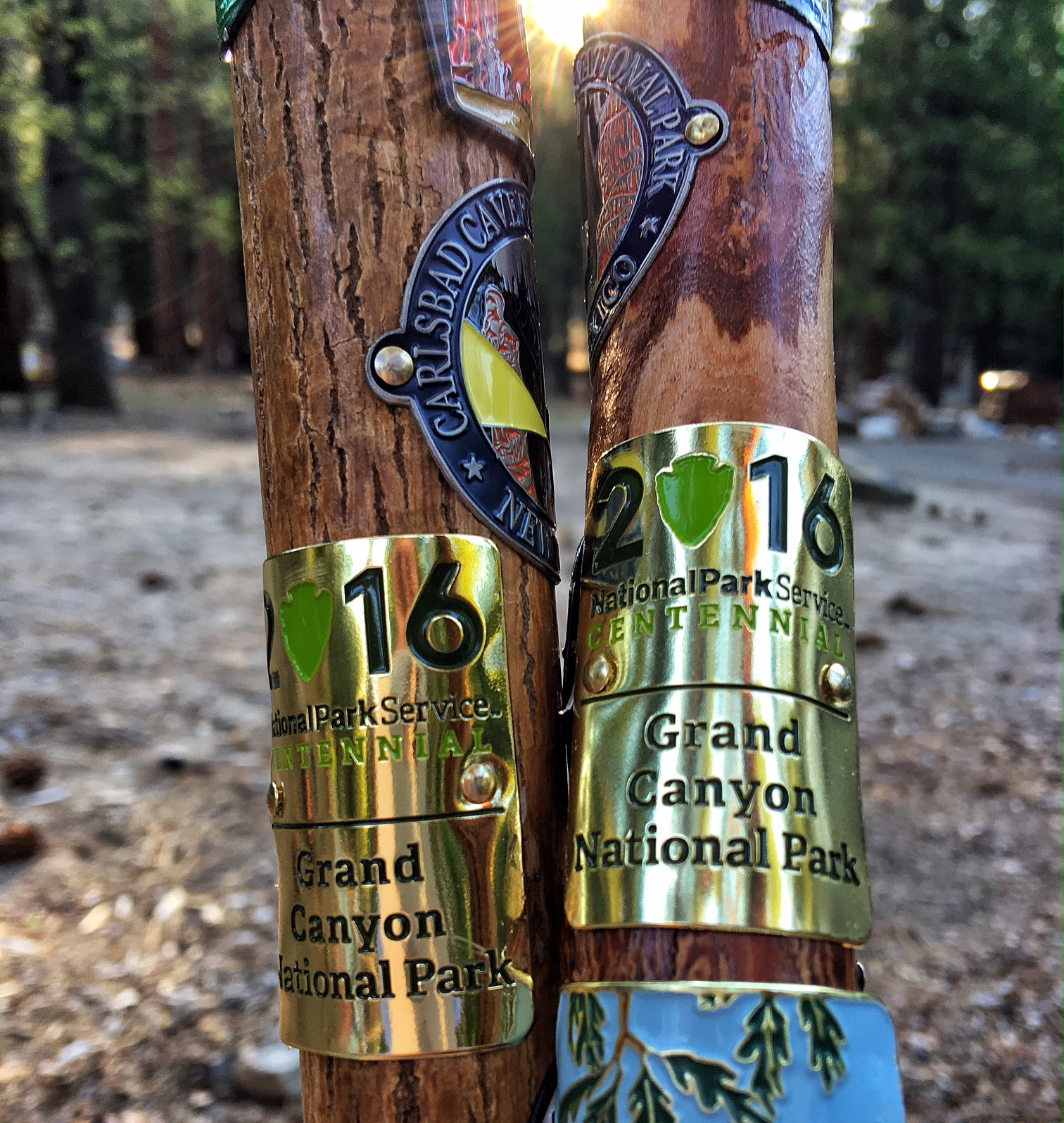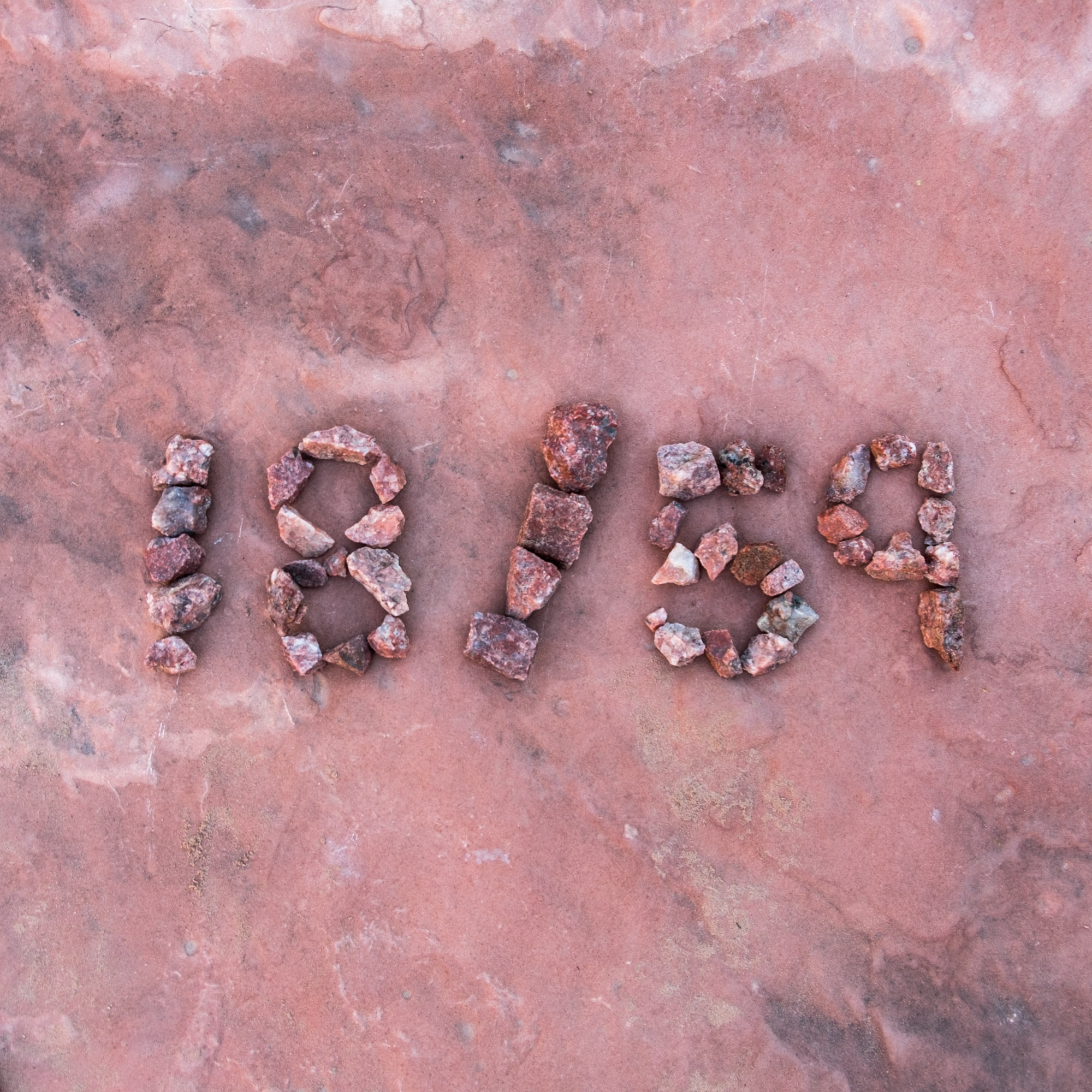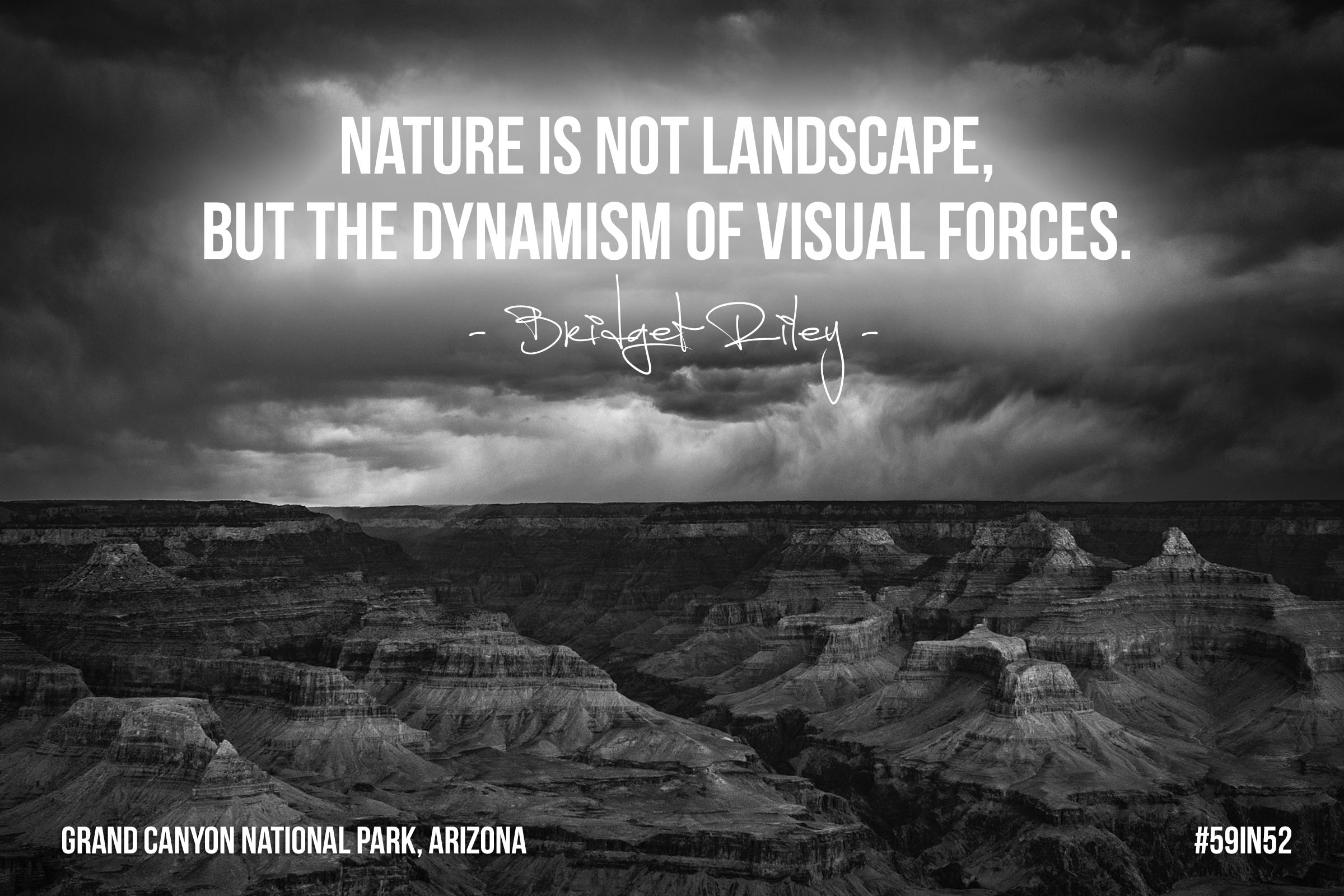Grand Canyon National Park, Arizona, USA | Park 18/59
“The one great sight which every American should see...”
Exploring The Grand Canyon, Inside And Out
There will never be a photograph captured of the Grand Canyon that can adequately describe its depth, breadth, and true beauty. Its canyon walls have stories that we will never hear and beholds a history that our eyes will never see. It is a spectacular illusion – a scene flattened onto an Earthly canvas that you could almost reach out and touch. But if you stand and watch long enough, you'll begin to see its vastness as fields of depth open up with every shadow touched by a glimmer of light. It is perhaps for those reasons that it has earned a rare spot among the 7 Natural Wonders of the World, and why everyone should try to visit it at least once in their lives.
The Grand Canyon is about 1-mile deep and 10 miles wide, measuring 277 miles in length, and it holds more than 10,000 years of history in that space (millions if you really want to get technical) ... there are endless ways to experience it depending on what the body and mind is looking for. The Grand Canyon is not "one place," but a desert wilderness with many areas to explore – the North Rim, South Rim, East Rim, and the West; Supai, and Kaibab National Forest – there are different stories to seek out and to create in each of them.
To tackle this article in a logical way, we are breaking it down by what we feel are the best ways to experience life beyond the South Rim viewpoints, ending with our experience – the epic rim-to-river-to-rim hike which challenged us to no end.
First, let's take a quick look at the two most visited locations:
Cool short video looking deeper into the North Rim with Park Ranger Jessica Pope.
The North Rim is traveled less often than the South Rim is for a few reasons – on the Utah border, it is more difficult to get to than the busy South Rim is; it maintains a short season (May 15 – October 15) because of its high elevation (8,000 feet); and it offers fewer easy access points to peer into the valley of views than its southern counterpart does. We like to think of this area as Grand Canyon 2.0. If you are only going to visit the Grand Canyon once in your life, you’ll probably want to pay a visit to the South Rim first to get a load of the views that drew awareness to the area in the first place. They really are spectacular. If you’ve already done the South Rim, a visit to the northern side is where you can find solitude in backcountry camping and hiking, and unique sites to photograph such as the Cape Royal viewpoint. We really wanted to explore and share with you this area, but seasonality reared her head again so we had to miss a visit to the Grand Canyon less traveled… this time.
A traveler takes in the beauty of the South Rim.
The South Rim is the most well-known area of the park and is passageway to iconic view points such as Yavapai and Mather Points, both of which often serve up to many the first views of the colorful gorge as it is located just a short walk from the Grand Canyon Visitor Center. At night, catch the sunset at Hopi Point and Mojave Point, two of the most popular places in the park to drink in the pink sky. Near to all of them are iconic lodges, some located just steps from the canyon rim, where visitors hang their hats during a visit. The panoramic views in this area seem to stretch on endlessly and visitor amenities abound, including shops, restaurants, free shuttle access to iconic viewpoints, trail access, historical sites, exhibits ... the list goes on and on.
GETTING INTO THE CANYON
Stef heads down the South Kaibab trail in search of the canyons deepest, darkest secrets...
The Southern Rim-to-River-to-Rim Hike
We knew we wanted to get out of the crowds and into the canyon. We wanted to hike, camp, and embrace the park more intimately so that we could deliver to you something more meaningful than a collection of selfies taken from an overlook. In that spirit, we planned a rim-to-river-to-rim hike—a remedial version of the famed rim-to-rim adventure that starts at the North Rim and winds into the bottom of the canyon before finishing at the top of the South Rim clocking 24 miles (it takes about 3 days factoring in time to enjoy the ride.)
Jonathan is armed with the backcountry camping permit needed to stay at the bottom of the canyon. They will turn you back if you don't have it, regardless of your condition. There are rules people!
In observance of our schedule, we opted a 17-mile route—7 miles down the South Kaibab Trail; 10 miles up the Bright Angel Trail; and a night of camping on the shores of the Colorado River in between at the Bright Angel Campground. If camping isn’t your jam, there is a lodge just steps from the campground called Phantom Ranch. It welcomes visitors for stays after long days in proper dwellings—complete with happy hour, decadent meals prepared by others, and hot showers. True to form, we opted instead for flask whisky, dehydrated dinners, and a continuation of filth that we can’t seem to scrub clean this year as we forge this wild adventure. The area near Phantom Ranch and the Bright Angel Campground is where base-canyon national park rangers live (what a crazy job they have), and where they give regular nightly talks on topics ranging from geology to Teddy Roosevelt (the latter of which we missed because we were fast asleep by 7:30pm when it started.)
The hike itself is a monster. You are descending/ascending 4,000 feet on either side of it, carrying at least some amount of gear. We hired mule service to transport our backpacking equipment because we didn’t know if we could carry it and we didn’t want to try. We made the right choice. Even in the spring it was hot out there (cannot imagine doing this hike during the desert summer) and there are no elevators going down or up. Once you make the personal commitment to hike this trail, you know that your body is your only vehicle, and that is a daunting frame of mind to be in. In hindsight, this was one of the greatest backpacks of both of our lives. It was challenging, rewarding, and along a path to the Colorado River where one can see the Grand Canyon unlike any other way—from inside of it.
Note: Travelers assume all risk when braving hikes like this, and/or any excursion off the beaten path. We are not competitive athletes, but we are experienced hikers. Train your body, get your gear, talk to the park staff in advance, and as always when exploring our national parks—your safety is your own responsibility.
Travelers descend the Bright Angel Trail as we make our way up...
Mule ride from the South Rim to the Phantom Ranch
Do you remember the Brady Bunch adventure when Mike, Cindy and the clan ventured down to the bottom of the Grand Canyon by mule? This is an actual thing! Not until we were on the trail part way down that a mule caravan of travelers bypassed us. As they towered above peaks while learning from their guides, it was clear that this is a really fun way to venture to the bottom of the canyon without the commitment or exertion of hiking there.
Heli flight into the Canyon
Did you know that you can get a birds-eye view of the Grand Canyon while flying in by heli? Papillon Aerial Adventures offers day trips into the canyon with pick up points in the Grand Canyon, Phoenix, Sedona, and Las Vegas. The unique vantage point upon entering has to be one of the most wonderful ways to get a load of the landscape and to capture one-of-a-kind photo ops. If you've ever asked yourself, "how much I can see in one day?" ...a lot. One can see and do a whole lot. Oh god, we wanted to do this! Unfortunately timing interfered...
And finally…
Rafting the Colorado River
This is one for the lifelong bucket list: rafting the length of the Colorado River, a pursuit that we feel deserves 10-15 days of being purely wired-out and tied-in to really do right. That being said, we knew we wouldn’t do any portion of that adventure this year. When it is time, there are several well-known independent operators working the circuit and we can't wait to hop on with any of them. :)
Quotable Images
Fact Box
1,218,375 acres | UNESCO World Heritage Site | Carved by the mighty Colorado River
National Park original poster art sketched inspired by the view at Moran Point. Only four original copies of this design are known to exist: one is privately owned, one is with the Library of Congress, and two are in the National Park collections.
Official name: Grand Canyon National Park
Established: February 26, 1919
How the park got its name: According to research by award-winning documentarian Ken Burns, the park got its name from a one-armed Civil War veteran and geology professor named John Wesley Powell who declared it the "Grandest of Canyons" after rafting the length of the Colorado River in 1869, after which the name stuck.
Iconic site in the park: Mather Point, just steps from the Grand Canyon Visitor Center is often the first view that visitors have of the park. Just after gathering info needed in order to better plan their stay, visitors can step out onto a narrow railed overlook to take in some of the most extensive views that the canyon has to offer, including Yavapai Point and the Bright Angel Trail stretching down to the bottom of the canyon. From here you can also catch a glimpse of the mighty Colorado River.
Accessible adventure: The Rim Trail winds aside the South Rim on the park service shuttle route, between lodges, and along stretches of the canyon on flat trails and in some portions, paved road. Walk one mile or hike 20 – this easily accessible pathway allows guests to start and finish any time they wish. This is also a great place from where to see elk and deer that often emerge from the brush and step out onto the trail.
At the bottom of the Grand Canyon on the Colorado Rover. An AMAZING place to be.
Big adventure: There are two popular rim-to-rim hikes for adventurous souls yearning to gaze 4,000 feet skyward from the base of the Colorado River that bisects the canyon. The rim-to-river-to-rim hike starts at the South Rim – the most popular route being down the South Kaibab Trail (7 miles) and up the Bright Angel Trail (about 10 miles.) This was our big adventure in the park. The true rim-to-rim hike starts on the Bright Angel Trail at the North Rim, descending to the bottom of the canyon for stays at the Phantom Ranch or the Bright Angel Campground, ascending the Bright Angel Trail on the South Rim. This adventure covers 24 miles and takes about 3 days.
Did you know...
The Grand Canyon may be the most famous canyon on Earth but it is not the deepest, nor is it the longest – that credit goes to the Yarlung Tsangpo in the Tibetan Himalayas.
Bills to create Grand Canyon National Park were proposed three times in the 1880s. Had any of them passed, Grand Canyon would have become America's second national park. In 1919 when established, it became America's 15th national park.
The Federal Aviation Administration (FAA) was formed in the 1950s in response to several fatal, high-flying collisions of sightseeing planes above the canyon.
The Santa Fe Railroad was completed in 1901, expediting tourism to the Grand Canyon and making it as accessible as Glacier in Montana and Yosemite in California were at the time.
The Grand Canyon is depicted on the Arizona State quarter (pictured right.) Saguaro trees (found at Saguaro National Park) are represented as well, with a banner Grand Canyon State bisecting the two to show that they are not found in the same area.
Arizona's nickname is "The Grand Canyon State" as the national parkland is the largest tourism draw and most notable landmark in the state.
Three of four of the deserts in North America converge at low elevations of the Grand Canyon – the Sonoran (where you can explore Saguaro National Park), Mojave (where you can visit Joshua Tree), and Great Basin (another amazing Nevada park, our experience coming to this site soon!)
Some rock climbers refer to the Grand Canyon as an "inverted mountain range."
In 2013, Nik Wallenda became the first person to cross the 1,500-Foot Grand Canyon Gorge on a tightrope. Nuts. We didn't do that. :) (See video >>)
The Grand Canyon has been storied in film for a very long time – well before Thelma and Louise barreled to the bottom of it in a 1966 sky-blue Ford Thunderbird. You can see the magnificent landmark in films such as The Bargain (1914), The Great Divide (1915), and Billy The Kid (1930). It's also depicted in National Lampoon's Vacation, where you can catch Clark Griswold and his brood getting their national park on.
Theodore Roosevelt, Albert Einstein, President Bill Clinton, and Sir Paul McCartney have all stayed at the historic El Tovar lodge. In related news and as mentioned above, El Tovar is featured in one of our favorite road trip-inspired movies: National Lampoon's Vacation.
Grand Canyon National Park welcomes more than 5 million visitors each year, and during peak season, as many as 1 million at a time. 90% of all tourist traffic goes to the South Rim area of the Grand Canyon. The other 10% heads to the North Rim from May to October for high desert backcountry camping at its best.
You can view wildlife including deer, elk, raven and the California Condor almost anywhere in the park. The California Condor is one of the rarest birds on Earth. Its wingspan can measure up to 9.5-feet, it can weigh up to 23 pounds; fly at speeds topping 50 miles per hour, while traveling 100 miles per day. And all you have to do is look up to see one!
Another incredible bird to eye here is the raven, a symbol of transformation to Native American tribes in the region. The giant black bird was viewed a messenger of meaning and clarity, of magic, and of healing.
The South Rim of the Grand Canyon is home to the Havasupai American Indian Tribe who has inhabited the land for 800 years. Their early walking paths that have been turned into today's hiking paths. Hualapai, Navajo, and Hopi reservations are located nearby.
The oldest rocks at the bottom of the Grand Canyon are 2,000 million years old. The canyon itself is only 5-6 million years old making it relatively young, geologically speaking.
The bread and butter of the Kolb brothers’ photography business relied on images such as this one of tourists on mules descending the Bright Angel Trail. The Kolb brothers took thousands of such images over the years out of a window of their home and studio that overlooked the trail entrance. Photo: Kolb Brothers / Grand Canyon National Park.
For photo buffs, a cool stop inside the park is at the historic Kolb Studio. Perched above the Bright Angel Trail on the South Rim, it was built in 1904 and is the first commercial photography studio to exist in the canyon. Ellsworth and Emery Kolb (brothers) were its founders, and among the first to specialize in national park photography.
Early exploration of the Colorado River by boat was often tragic. In 1928, newlyweds Glen and Bessie Hyde, known as the "Honeymoon Couple," sought to forge the river by boat – Bessie would've become the first woman to do so. Somewhere on the river, they disappeared without a trace and their bodies were never recovered (though it is almost certain that their ship wrecked somewhere along the way.) It became one of the great mysteries of the national park. This is just one of the incredible stories told in the PBS Ken Burns documentary The National Parks: America's Best Idea. (If you've not seen this collection, it is well worth every cent of the $50 bucks it costs to buy on Amazon.com.)
This is taken directly from the park website: The difference between a great adventure in Grand Canyon and a trip to the hospital (or worse) is up to YOU. With sheer drops, intense heat, unexpected weather and other factors, the Grand Canyon can be a menacing place as is inferred by the cautionary note delivered by the National Park Service. Just one example... some "go-getters" try (sometimes succeeding, sometimes failing) to complete the rim-to-river-to-rim hike in one day. This is absolutely NOT recommended. There is no crapping out at the bottom of the canyon. If you don’t have a permit, you can’t camp. There are no mules or vehicles available to bring you back up. The only way up is on foot, which is brutal in any level of heat, or by rescue chopper which costs about $12,000 USD. After speaking with some rangers who reside at the bottom of the canyon, we learned that they have nearly 200 rescues per year attempting this hike... and that huge number covers just one hike in an immensely vast place. Overestimation of ability and poor planning can be a disaster. With all of that said, if you tackle adventures that match your ability level, carry the right gear, a map, plenty of water and food, and are armed with a smart plan, exploring this park can be one of the most fun and rewarding experiences of your life.
John Muir and John Burroughs, c. 1909. Credit: Library of Congress, Copyright Fred Harvey.
A Passage
Steep Trails, Chapter 24, The Grand Canyon of the Colorado
by John Muir
When I first heard of the Santa Fe trains running to the edge of the Grand Canyon of Arizona, I was troubled with thoughts of the disenchantment likely to follow. But last winter, when I saw those trains crawling along through the pines of the Coconino Forest and close up to the brink of the chasm at Bright Angel, I was glad to discover that in the presence of such stupendous scenery they are nothing. The locomotives and trains are mere beetles and caterpillars, and the noise they make is as little disturbing as the hooting of an owl in the lonely woods.
In a dry, hot, monotonous forested plateau, seemingly boundless, you come suddenly and without warning upon the abrupt edge of a gigantic sunken landscape of the wildest, most multitudinous features, and those features, sharp and angular, are made out of flat beds of limestone and sandstone forming a spiry, jagged, gloriously colored mountain range countersunk in a level gray plain. It is a hard job to sketch it even in scrawniest outline; and, try as I may, not in the least sparing myself, I cannot tell the hundredth part of the wonders of its features -- the side canyons, gorges, alcoves, cloisters, and amphitheaters of vast sweep and depth, carved in its magnificent walls; the throng of great architectural rocks it contains resembling castles, cathedrals, temples, and palaces, towered and spired and painted, some of them nearly a mile high, yet beneath one's feet. All this, however, is less difficult than to give any idea of the impression of wild, primeval beauty and power one receives in merely gazing from its brink. The view down the gulf of color and over the rim of its wonderful wall, more than any other view I know, leads us to think of our earth as a star with stars swimming in light, every radiant spire pointing the way to the heavens.
But it is impossible to conceive what the canyon is, or what impression it makes, from descriptions or pictures, however good. Naturally it is untellable even to those who have seen something perhaps a little like it on a small scale in this same plateau region. One's most extravagant expectations are indefinitely surpassed, though one expects much from what is said of it as "the biggest chasm on earth" -- "so big is it that all other big things -- Yosemite, the Yellowstone, the Pyramids, Chicago -- all would be lost if tumbled into it." Naturally enough, illustrations as to size are sought for among other canyons like or unlike it, with the common result of worse confounding confusion. The prudent keep silence. It was once said that the "Grand Canyon could put a dozen Yosemites in its vest pocket."
The justly famous Grand Canyon of the Yellowstone is, like the Colorado, gorgeously colored and abruptly countersunk in a plateau, and both are mainly the work of water. But the Colorado's canyon is more than a thousand times larger, and as a score or two of new buildings of ordinary size would not appreciably change the general view of a great city, so hundreds of Yellowstones might be eroded in the sides of the Colorado Canyon without noticeably augmenting its size or the richness of its sculpture.
Follow the green to read the full passage on the Sierra Club website. For reference, John Muir was a Co-Founder of the Sierra Club.
“I want to ask you to do one thing in connection with it in your own interest and in the interest of the country – to keep this great wonder of nature as it is now ...I hope you will not have a building of any kind, not a summer cottage, a hotel or anything else, to mar the wonderful grandeur, the sublimity, the great loveliness and beauty of the Canyon. Leave it as it is. You cannot improve upon it.”
Tourist at Bright Angel Point, c. 1919. Photo credit: Grand Canyon National Park.
World Heritage Site Statement of Significance
The Grand Canyon is among the earth’s greatest ongoing geological spectacles. Its vastness is stunning; the evidence it reveals about the earth’s history invaluable. The 1.5-kilometer (0.9 mile)-deep gorge ranges in width from 500 m to 30 km (0.3 mile to 18.6 miles). The Canyon twists and turns 445 km (276.5 miles), and was formed during six million years of geologic activity and erosion by the Colorado River on the earth’s upraised crust. The Canyon’s buttes, spires, mesas, and temples appear as mountains when viewed from the rims. Horizontal strata exposed in the canyon retrace geological history over two billion years and represent the four major geologic eras.
